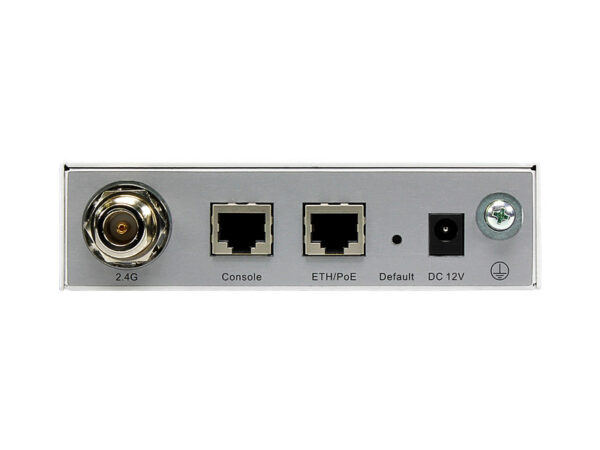
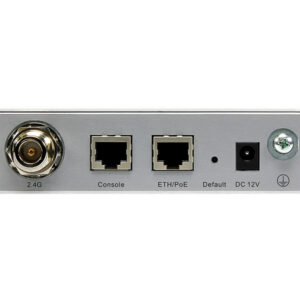
AP6310SN-GN-USA
< tbody >
| Model: | AP6310SN-GN-DC 02356284 Huawei Low-maintenance Indoor Access Point |
| Detail: | AP6310SN-GN Bundle (11n,Distributed AP Indoor,Single Frequency,AC/DC adapter(US),United States dedicated) |
- Description
- Reviews (0)
Description
AP6310SN-GN-USA Specifications |
|||||
|
Technical |
|||||
| Dimensions (H × W × D) | 1.3 in. x 5.1 in. x 5.9 in. (35 mm x 130 mm x 150 mm) | ||||
| Weight | 1.3 lb. (0.6 kg) | ||||
| System memory | 128 MB DDR2
32 MB flash memory |
||||
|
Power |
|||||
| Bundle | AC/DC adapter (US), United States dedicated | ||||
| Power input | DC 12V ±10%
POE power: -48V DC PoE function complies with IEEE 802.3af and 802.3at |
||||
| Maximum power consumption | 8.3W
Note: Maximum power consumption depends on local laws |
||||
|
Environment |
|||||
| Operating temperature | 14oF to 122oF (-10oC to 50oC) | ||||
| Storage temperature | -40oF to 158oF (-40oC to 70oC) | ||||
| Humidity | 5% to 95% (Non-condensing) | ||||
| Waterproof grade | IP31 | ||||
| Altitude | 196.8 ft. to 16,404.1 ft. (-60m to 5,000m) | ||||
|
Radio |
|||||
| Radio Connector Type | N-type (Female) | ||||
| Antenna Type | Depends on the type of antennas in the indoor antenna system | ||||
| Maximum Number of Concurrent Users | 128 | ||||
| Maximum Transmit Power | 27 dBm
You can adjust the transmit power to the maximum of 20 dB in 1 dB steps. Note: Actual transmit power depends on local laws and regulations. |
||||
| Maximum Number of Non-overlapping Channels | 802.11b/g
·20 MHz: 3 802.11n ·20 MHz: 3 ·40 MHz: 1 Note: The number of non-overlapping channels allowed varies in different countries. For details, see the Country Codes and Channels compliance status |
||||
| Channel Rates | 802.11b: 1, 2, 5.5, and 11 Mbit/s | ||||
| 802.11g: 6, 9, 12, 18, 24, 36, 48, and 54 Mbit/s | |||||
| 802.11n data rate: 2.4 GHz | |||||
| GI2 = 800 ns | GI = 400 ns | ||||
| 20 MHz (Mbit/s) | 40 MHz (Mbit/s) | 20 MHz (Mbit/s) | 40 MHz (Mbit/s) | ||
| 6.5 @ MCS10 | 13.5 @ MCS0 | 7.2 @ MCS0 | 15 @ MCS0 | ||
| 13 @ MCS1 | 27 @ MCS1 | 14.4 @ MCS1 | 30 @ MCS1 | ||
| 19.5 @ MCS2 | 40.5 @ MCS2 | 21.7 @ MCS2 | 45 @ MCS2 | ||
| 26 @ MCS3 | 54 @ MCS3 | 28.9 @ MCS3 | 60 @ MCS3 | ||
| 39 @ MCS4 | 81 @ MCS4 | 43.3 @ MCS4 | 90 @ MCS4 | ||
| 52 @ MCS5 | 108 @ MCS5 | 57.8 @ MCS5 | 120 @ MCS5 | ||
| 58.5 @ MCS6 | 121.5 @ MCS6 | 65 @ MCS6 | 135 @ MCS6 | ||
| 65 @ MCS7 | 135 @ MCS7 | 72.2 @ MCS7 | 150 @ MCS7 | ||
| Note: Modulation Coding Scheme (MCS) index: Determines the spatial flow quantity, modulation, coding rate, and data rate
GI Indicates the period in nanoseconds the radio listens between packets |
|||||
| Receiver Sensitivity | 802.11b (CCK)
·-97 dBm @ 1 Mbit/s ·-92 dBm @ 2 Mbit/s ·-92 dBm @ 5.5 Mbit/s ·-90 dBm @ 11 Mbit/ss |
802.11g (Non-HT20)
·-92 dBm @ 6 Mbit/s ·-91 dBm @ 9 Mbit/s ·-90 dBm @ 12 Mbit/s ·-87 dBm @ 18 Mbit/s ·-83 dBm @ 24 Mbit/s ·-80 dBm @ 36 Mbit/s ·-76 dBm @ 48 Mbit/s ·-74 dBm @ 54 Mbit/s |
|||
| 802.11n (HT20)
·-92 dBm @ MCS0/8 ·-89 dBm @ MCS1/9 ·-86 dBm @ MCS2/10 ·-82 dBm @ MCS3/11 ·-79 dBm @ MCS4/12 ·-74 dBm @ MCS5/13 ·-73 dBm @ MCS6/14 ·-71 dBm @ MCS7/15 |
802.11n (HT40)
·-89 dBm @ MCS0/8 ·-86 dBm @ MCS1/9 ·-83 dBm @ MCS2/10 ·-79 dBm @ MCS3/11 ·-76 dBm @ MCS4/12 ·-72 dBm @ MCS5/13 ·-70 dBm @ MCS6/14 -68 dBm @ MCS7/15 |
||||


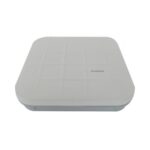
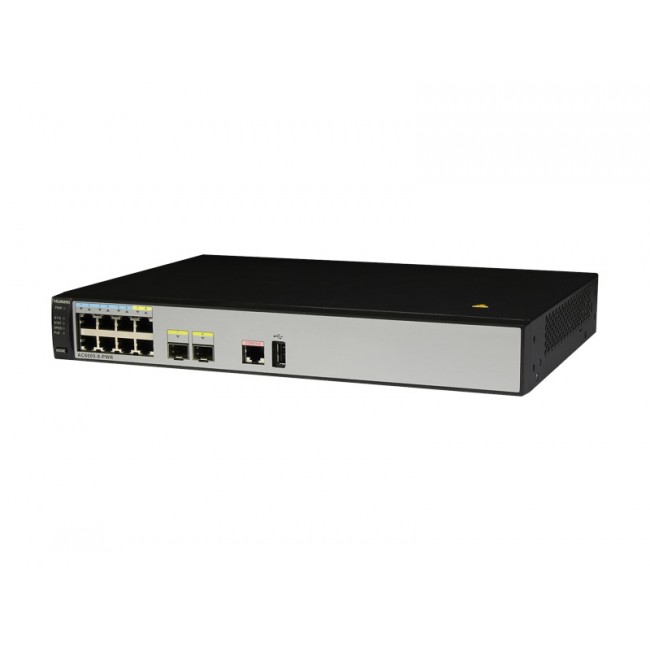
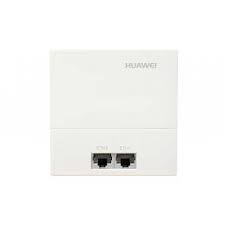
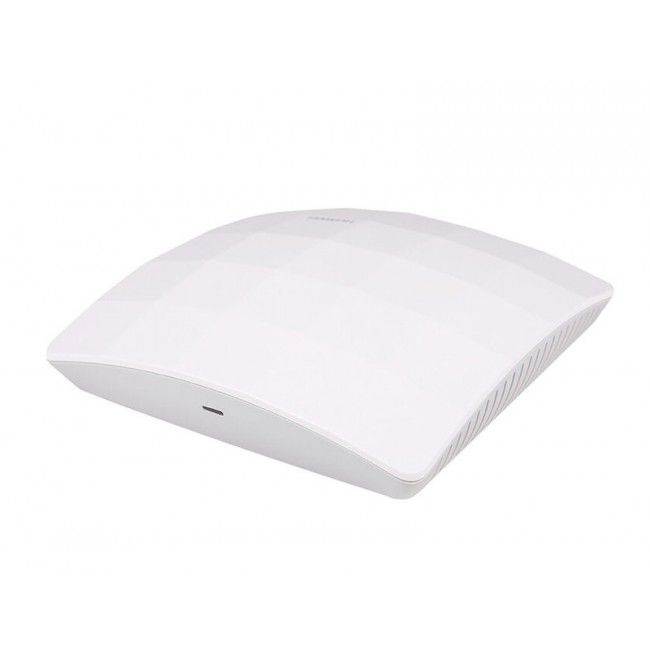




Reviews
There are no reviews yet.